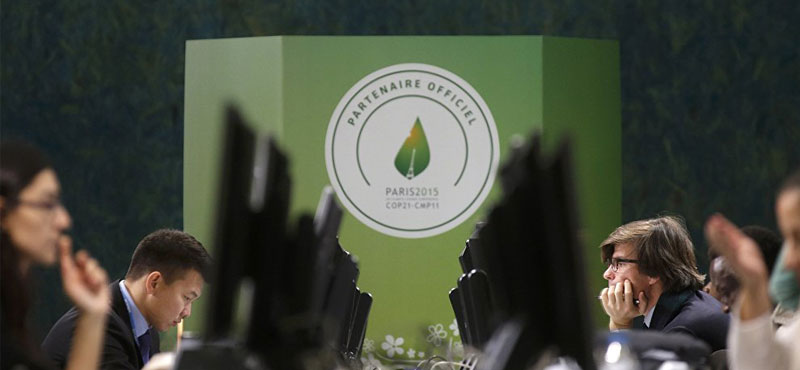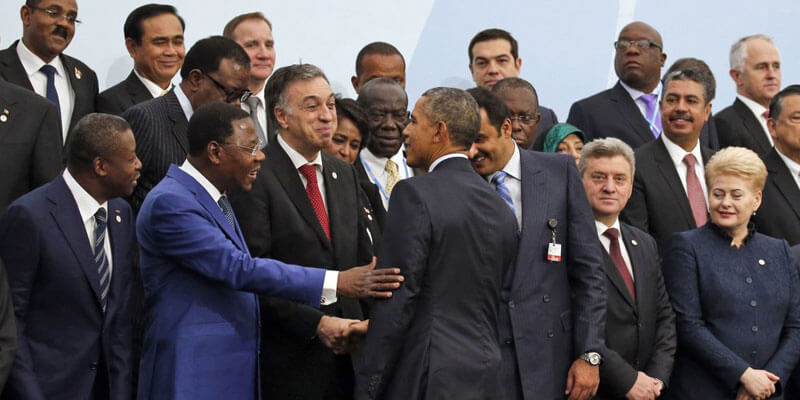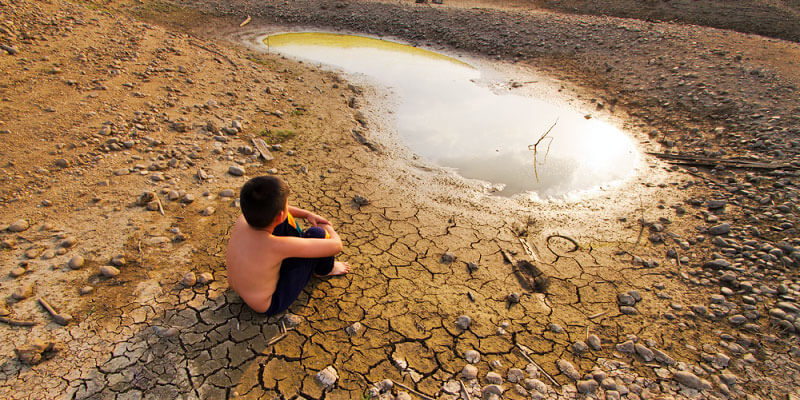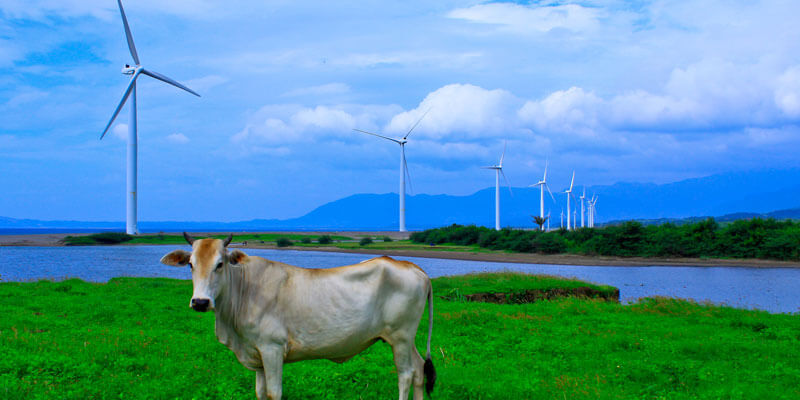A catastrophe caused by climate change is seen as the biggest potential threat to the global economy in 2016, according to a survey of 750 experts conducted by the World Economic Forum.
The annual assessment of risks conducted by the WEF before its annual meeting in Davos on 20-23 January showed that global warming had catapulted its way to the top of the list of concerns.
A failure of climate change mitigation and adaptation was seen as likely to have a bigger impact than the spread of weapons of mass destruction, water crises, mass involuntary migration and a severe energy price shock – the first time in the 11 years of the Global Risks report that the environment has been in first place.
The report, prepared by the WEF in collaboration with risk specialists Marsh & McLennan and Zurich Insurance Group, comes a month after the deal signed in Paris to reduce carbon emissions. The WEF said evidence was mounting that inter-connections between risks were becoming stronger. It cited links between climate change and involuntary migration or international security, noting that these often had “major and unpredictable impacts”.
Espen Barth Eide, the WEF’s head of geopolitical affairs, said there was a risk of Europe fragmenting as a result of “people on the move”.
Speaking at a press conference in London to launch the report, Eide said: “I am concerned about the continued support in national politics for keeping Europe together.”
Eide added that if enough countries decided to pursue a non-integrated approach to coping with migration it would have “profound effects on Europe’s politics and its economy”, and would have a knock-on impact on the rest of the world. “If things unravel at the core, what does it mean in other parts of the world?”
Cecilia Reyes, Zurich’s chief risk officer, said:
“Climate change is exacerbating more risks than ever before in terms of water crises, food shortages, constrained economic growth, weaker societal cohesion and increased security risks.
“Meanwhile, geopolitical instability is exposing businesses to cancelled projects, revoked licences, interrupted production, damaged assets and restricted movement of funds across borders. These political conflicts are in turn making the challenge of climate change all the more insurmountable – reducing the potential for political cooperation, as well as diverting resource, innovation and time away from climate change resilience and prevention.”
The WEF said the broad range of risks – from environmental to geopolitical and economic – was unprecedented.
It added that risks appeared to be rising, with global average surface temperatures increasing by more than 1C over pre-industrial levels for the first time, and the number of forcibly displaced people at 59.5 million – almost 50% more than in 1940, when the second world war was being fought. “Data from the report appears to support the increased likelihood of risks across the board, with all 24 of the risks continuously measured since 2014 having increased their likelihood scores in the past three years,” the WEF said.
When asked which risk was most likely to materialise in 2016, respondents chose large-scale involuntary migration. This follows last year’s refugee crisis, in which hundreds of thousands of people arrived in Europe fleeing conflicts in the Middle East and north Africa.
This was followed by extreme weather events, climate change, interstate conflict with regional consequences, and major natural catastrophes.
“Events such as Europe’s refugee crisis and terrorist attacks have raised global political instability to its highest level since the cold war,” said John Drzik, president of Marsh Global Risk and Specialties.
“This is widening the backdrop of uncertainty against which international firms will increasingly be forced to make their strategic decisions. The need for business leaders to consider the implications of these risks on their firm’s footprint, reputation and supply chain has never been more pressing.”
Drzik said at the press conference: “Most risks are rising. It’s a riskier world right now.”











